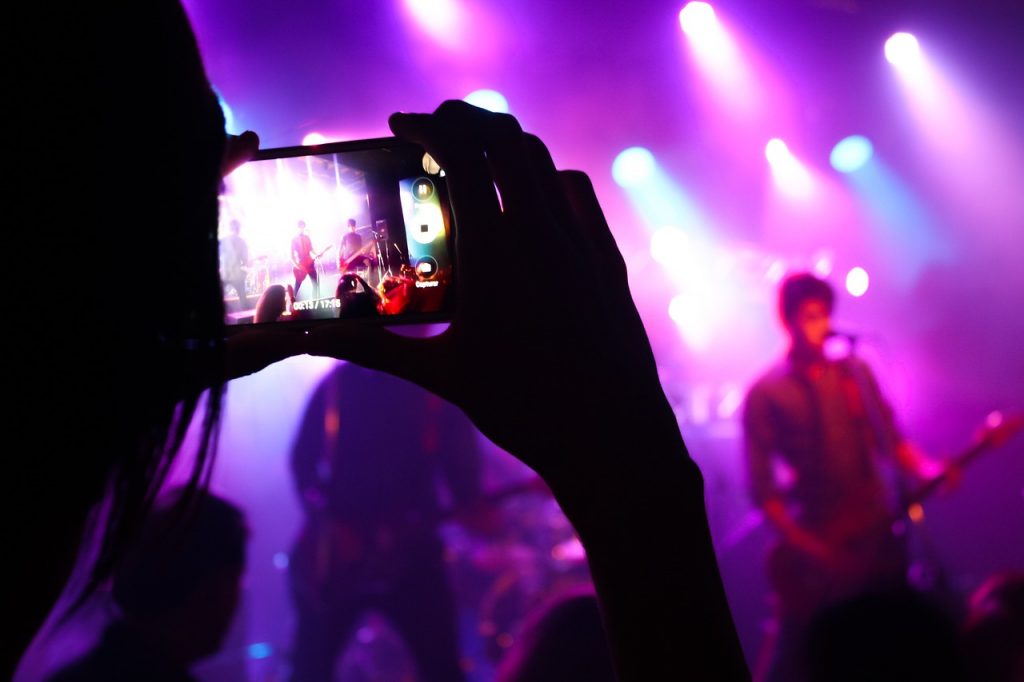In his widely known book Being Digital (1995), Nicholas Negroponte describes what he calls the post-information age; an age of rapidly emerging technologies and ever-evolving electronics. In the thirteenth chapter of this book, he mentions the disappearance of the demographic as we know it. He marks the industrial age as the age of mass-production. The information age, also referred to as the age of computers or the silicon age, was also an age of mass production, “but with less regard for space and time”. With the emergence of the internet, information and communication were no longer restricted by geography, as thoughts and ideas could now be shared digitally. An interesting development mentioned by Negroponte is the broadening of broadcasting, and the narrowing of what he calls “narrowcasting”. While new forms of broadcast managed to reach wider audiences digitally, Negroponte brings up niche magazines, videocasette sales, and cable services as examples of narrowcasting getting narrower. “Mass Media got bigger and smaller at the same time.”
The audience of one in the digital realm: social media
The post-information age is marked by everything being made to order- haute couture content taking the place of pret-a-porter content. No longer are big demographics being targeted; instead the audience that content creators and advertisers are looking for is you. While it might be tempting to see this audience of one as a development stemming from narrowcasting getting even narrower than it was, Negroponte warns against this and urges us to separate narrowcasting from being digital:
“In being digital I am me, not a statistical subset. Me includes information and events that have no demographic or statistical meaning. Where my mother-in-law lives, whom I had dinner with last night, and what time my flight departs for Richmond this afternoon have absolutely no correlation or statistical basis from which to derive suitable narrowcast services.”
What information like this is good for, is curating a chunk of content that is relevant for you and only you. In this post-information age, machines are trained to understand you on an individual level, including all your multitudes and contradictions, in a way that is maybe more subtle and nuanced than some of your friends could ever (care to) understand you.
This is something that seems to take effect mostly in online spaces. We as people are in our own bubbles, algorithms feeding us content that we agree with, content that agrees with us. Inadvertently, this makes it so that it becomes harder and harder to empathize with people who may disagree with us or who don’t share similar viewpoints. This could be part of the reason that the internet, and social media in particular, is turning out to be such a hostile, antisocial place.

The audience of one in the physical realm: concerts
A place where I’ve seen the audience-of-one mentality bleed into real life has been concerts. I want to recall one concert in particular. This concert was one by Mitski, when she came to Paradiso in Amsterdam, on May 4th of 2022. The year may be slightly important here. At this show, I saw some behaviour that I hadn’t really seen before, specifically coming from some of the younger audience members (I am saying this at the risk of sounding like an angry old woman). Mind you, this was the first concert had attended since the COVID-pandemic. It seemed like general concert ettiquette had been forgotten completely by a portion of the audience. Now, of course, there are always going to be people that don’t follow the “rules” when attending a concert, and just do what they feel like doing without regard for the experience of other concert-goers. But at this particular show, the amount of people pushing their way to the front of the crowd when it was obvious they hadn’t waited in line for a good spot, not clapping for the opening act and holding their phones up in the air for multiple songs in a row, was much greater than what I had seen at any show before that. To me, this seems to be illustrative of an audience-of-one mentality: “I am here for me, and my own experience, and all these other people might as well not be here. I am going to record this show for myself, from my own point of view, a video that will be interesting to me and only me in the future, that no one else is going to benefit from.” To clarify, I’m not trying to pass judgement on anybody here, and I understand wanting to take a video to remember a good night by. This particular development is just one I’ve noticed specifically in a post-pandemic world, and I feel like the individualized experience of online spaces may have something to do with this.
Sources:
Negroponte, N., & Asher, M. (1995). Being digital.


Very astute observations about the personification and individualization of online spaces, and the effects this can have on social behaviors in the physical world.